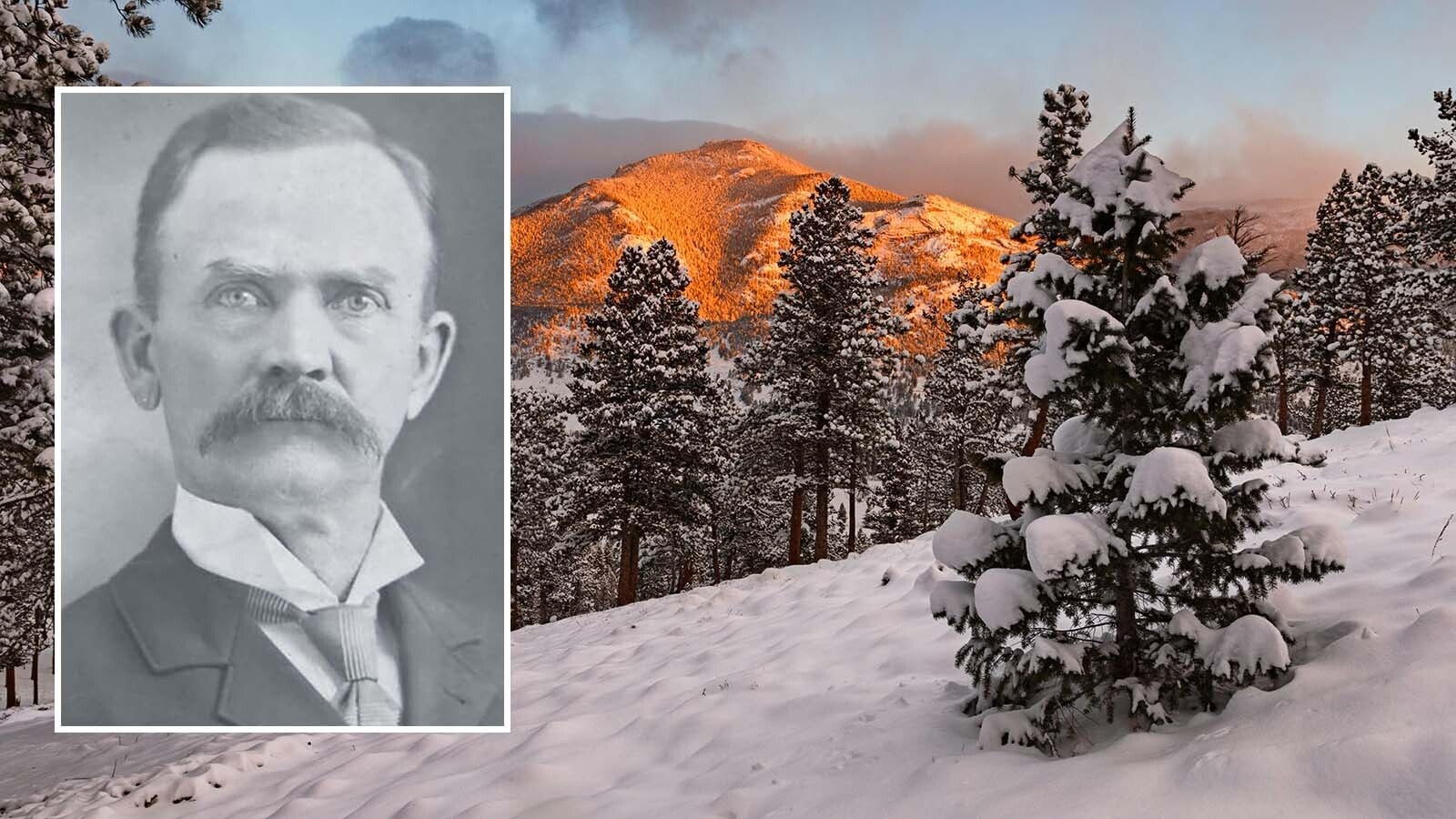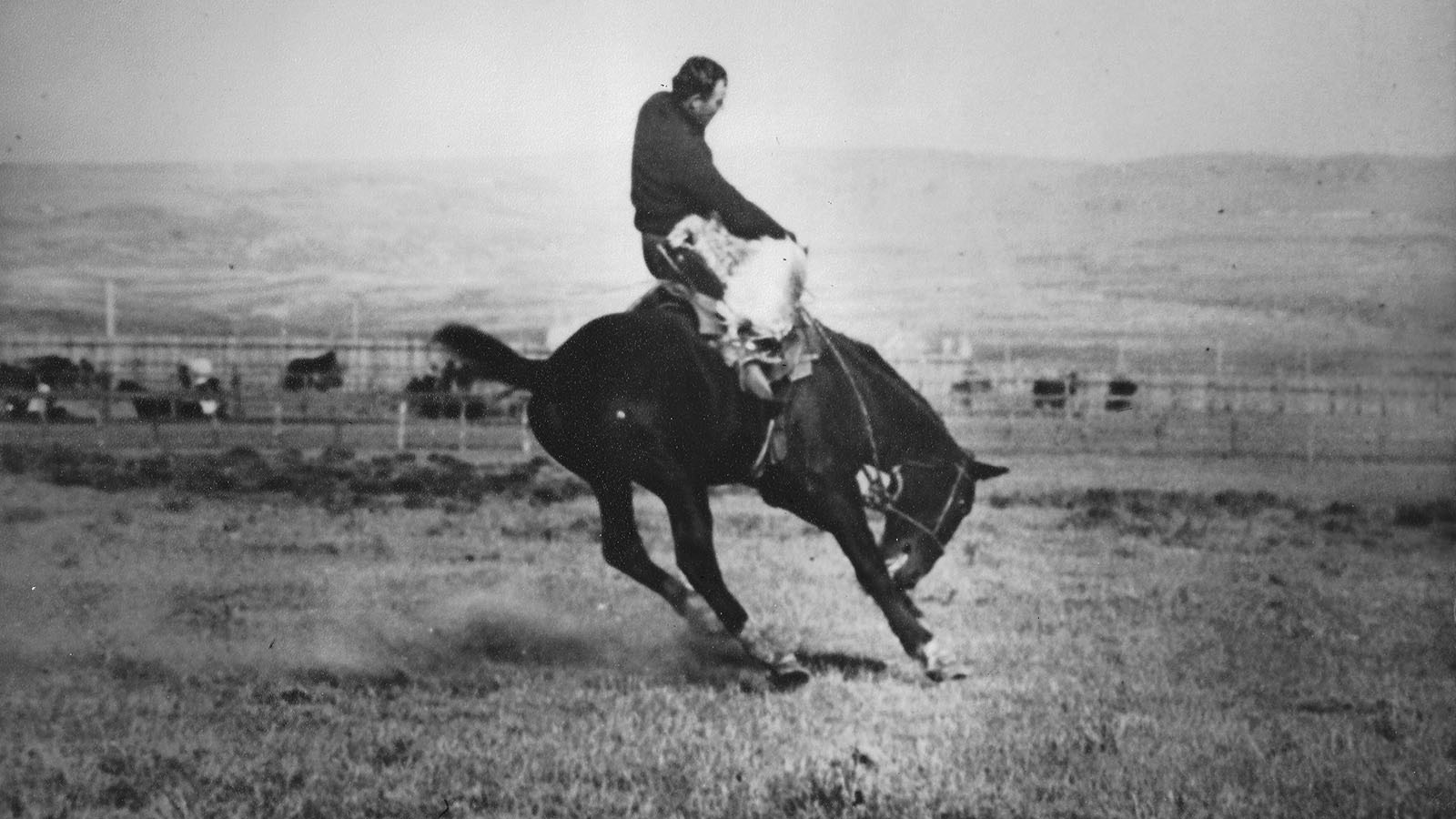When notorious outlaw Matt Warner was arrested and put on trial for murder in Utah in 1896, he lacked the means to pay for legal assistance. His ill-gotten gains — which were considerable — from a life of crime had gone to pay doctors who treated his wife for cancer that led to the loss of a leg and later her life.
A friend came to the rescue. Matt’s friend, and sometimes partner-in-crime, Butch Cassidy enlisted the aid of longtime associate Elzy Lay and a man called Bub Meeks to execute a plan to rob the bank in Montpelier, Idaho.
They would use the take to pay a lawyer to defend Warner, who was due to face the music in September in an Ogden, Utah, courtroom.
Working Cows And Robbing Banks
The trio knew the Montpelier area as they were working cowboy jobs on a ranch owned by a Montpelier jeweler. In August, they quit the ranch, located between Montpelier and Cokeville, Wyoming, and rode into Montpelier.
Meeks checked into a hotel to scope out the bank while Cassidy and Lay camped outside the town. Just before the bank closed on August 23, the men—fortified by bottled courage from the local saloon—struck. Lay held the horses on the street, Cassidy and Meeks entered the Bank of Montpelier.
As was usually the case with a Cassidy crime, the robbery was well planned.
Relays of fresh horses had been secreted along the intended escape route, which would take them from Montpelier south and west through Piedmont, Wyoming, then on to Brown’s Hole, a frequent hideout for bandits on the dodge from the law.
Spanning the border between Utah and Colorado, and hard against the Wyoming border, outlaws lying low in Brown’s Hole believed they could avoid arrest in any of those states by slipping across the border to another state.
A Robbery That Went Off Without A Hitch
The robbery went more or less as planned. The three men running the bank — Bud Mcintosh, a teller; Grover Gray, the cashier; and Richard Groo, the bookkeeper — were caught by surprise. (Some reports say Gray was outside the bank with a friend, and forced inside at the point of Lay’s pistol.)
Meeks held the men at gunpoint while Cassidy went after the cash.
McIntosh claimed there was no money to be had and got a whack on the head with a gun barrel for his trouble. There was, in fact, money in the bank and Cassidy gathered up more than $7,000 in currency as well as some gold and silver from the vault.
Estimates of the total take range as high as $15,000.
The robbers stood their captives facing the wall and told them not to move for ten minutes. Soon out the door and horseback, the bandits headed for the high country east of town.
Get The Bicycle, They Are Getting Away
The men in the bank did not wait the prescribed ten minutes, but alerted Fred Cruikshank, a deputy sheriff, almost immediately. Cruikshank mounted a bicycle — a bicycle!—and rode off in pursuit of the mounted outlaws.
Cruikshank could not keep up, of course, but kept the robbers in sight long enough to know which way they went.
A posse from the town took up the trail and kept on it for nearly a week before giving it up as a lost cause, losing time and distance each time Cassidy and his crew mounted fresh horses stashed for just that purpose.
Cassidy and Lay rode on into history as leaders of the so-called Wild Bunch, which was not in any sense an organized bunch at all, rather a series of ad hoc, coming and going, ever-changing freelance criminals who worked together depending on opportunity and circumstance.
As for Bub Meeks, he was arrested the following summer on suspicion of robbing a store in Fort Bridger. Also suspected of participating in the Montpelier robbery, he was put on trial in Idaho and identified by the bankers as one of the holdup men.
Mug Shots and Prison Time
Cassidy had already been identified by his prison mug shot. There was never a positive identification of Elzy Lay.
Found guilty as charged, Meeks was imprisoned in the Idaho State Penitentiary. He attempted to escape twice and was shot in the leg during the second attempt and lost the limb.
After transfer to the state mental asylum in Blackfoot, he did manage to get away on his one leg and went home to Fort Bridger. His mental health went awry, and later and he was committed to the mental hospital in Evanston and died there in 1912.
As for Matt Warner, the money stolen from the Bank of Montpelier did buy him legal assistance. The take went to Douglas Preston, a friend of Cassidy, then practicing law in Rock Springs.
Preston wasn’t able to get Warner off, but he did manage to get the charges reduced from murder to manslaughter. Warner was sentenced to five years and served three before being paroled.
The Bank of Montpelier is still standing and has been restored to the way it looked at the time of the robbery and is now a museum. It is said to be the only bank still standing that was robbed by Butch Cassidy and his cohorts.
R. B. Miller can be reached at writerRodMiller@gmail.com





